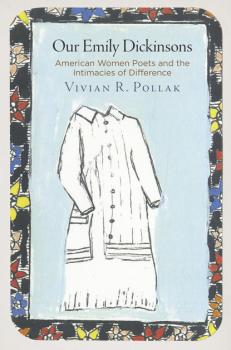ТОП просматриваемых книг сайта:















Haney Foundation Series
Скачать книги из серии Haney Foundation SeriesАннотация
Информация о книге
Автор произведения George E. Thomas
Жанр Архитектура
Серия Haney Foundation Series
Аннотация
Информация о книге
Автор произведения Patricia Parker
Жанр Языкознание
Серия Haney Foundation Series
Аннотация
Аннотация
Информация о книге
Автор произведения Emmanuel Karagiannis
Жанр Прочая образовательная литература
Серия Haney Foundation Series
Аннотация
Аннотация
Информация о книге
Автор произведения Eileen Hunt Botting
Жанр Языкознание
Серия Haney Foundation Series
Аннотация
Информация о книге
Автор произведения Nancy Armstrong
Жанр Языкознание
Серия Haney Foundation Series
Аннотация
Аннотация
Аннотация
Информация о книге
Автор произведения Vivian R. Pollak
Жанр Языкознание
Серия Haney Foundation Series










